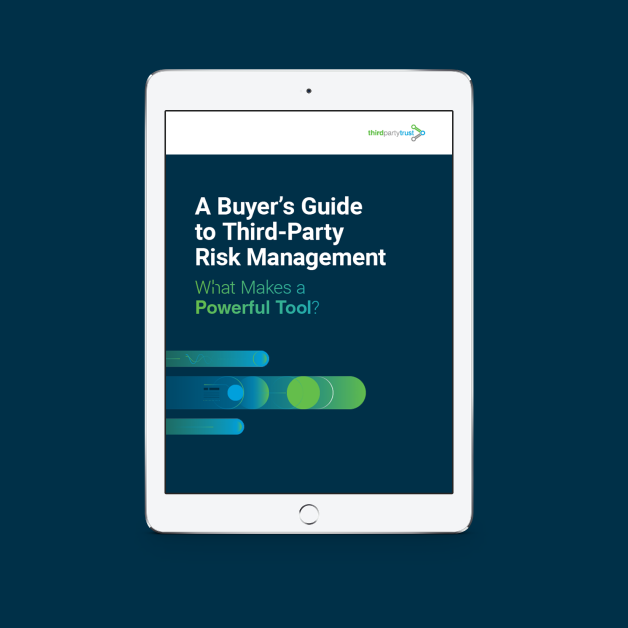Top 3 Risk Management Priorities for Security Leaders
The covid19 pandemic has shifted risk management priorities for security leaders. You are probably looking for better ways to identify emerging risks and align risk-related priorities with business strategy, as security continues to attract investment. According to Gartner, 66% of organizations plan to increase their investment in cyber and information security during 2022.
Security and risk management leaders are key enablers of digital business and help organizations balance the associated risks and benefits. For many, the pandemic has catalyzed digital initiatives in order to adapt to the demands of employees, customers, partners, vendors, and other stakeholders.
As a result, IT infrastructures must secure the extended organization adapting to change and delivering new solutions at speed. To help with that, we go through the top 3 risk management priorities you should look out for as you solidify your strategic plans for 2022.
1. Taking Command of an Expanding Risk Surface
Security and risk management leaders are being challenged by an increasingly aggressive threat environment and the misconception that they’re the sole responsible for preventing cybersecurity issues.
While cybercrime and data breaches aren’t new, how attackers go about taking advantage of change in hybrid workplaces has proven to be one step ahead of company security protocols in many cases. Leaders need to take a closer look at how to protect their customers and employees not only from external cyberattacks, but also from themselves.
All employees and vendors with access to data are now citizens of the business network. The security and risk team must empower them with processes and guidelines that encourage them to follow safe paths.
Pro tip: Build cyber judgment with the ultimate goal of self-service and decentralization. This can be achieved by strengthening relationships with business unit leaders, legal, procurement, heads of sales and marketing. These areas increased technology use greatly, which has contributed to the expansion of the risk surface and the volume of information risk decisions to be made. Let them know that security is everyone’s business nowadays!
If IT assets and digital citizens are located anywhere, cybersecurity controls should too. That’s why most security and risk management leaders are implementing technologies that offer high levels of integration, automation, and orchestration capabilities.
2. Showing Value to the Board With More Reliable Risk-Related Data
According to Gartner, one in ten organizations are now creating cybersecurity-specific committees at the board level. Boards identify cybersecurity risk as the second highest source of risk for the enterprise.
This is good news, as traditionally cyber risk was deemed a security team’s problem, as opposed to a business problem. Boards are becoming more savvy around digital and IT strategies.
In 2022, more businesses will look at security as part of the overall risk management approach, as a cyberattack can have significant, tangible impact on the business.
Security and risk management leaders will continue to provide regular updates on their program’s performance and budget spend. The difference is now those updates will be understood and – most importantly – listened to.
Pro tip: Up your reporting game with a centralized source to gather data quicker and more efficiently. It is estimated that only 50% of companies actually access data for decision-making, but you can make the difference. Start by building your risk management dashboard including your top KPIs and KRIs.
Read More: Third Party Key Risk Indicators and Risk Management Dashboard
Moving too slowly or not having end-to-end visibility over your vendor ecosystem can be catastrophic. In some industries such as banking, insurance, and healthcare, the need for reliable risk-related data can greatly increase accountability and mitigate risks.
3. Redefining Governance and the Role of the CISO
Solving traditional governance and ownership issues is the missing piece to the business alignment puzzle. The key lies in shifting risk management priorities to align with the short- and long-term business strategies.
Security and risk managers will have to reframe some common leadership misconceptions, such as:
- Cyber risk is security’s problem – Actually, cyber risk is a business problem that impacts and involves the entire organization
- Security procedures are a roadblock to efficiency – Actually, security procedures enable agile and secure outsourcing, preventing risk from vendors and other third parties. Leveraging automation can help scale processes as the business grows, with nearly no roadblocks.
- The CISO prevents data breaches – Actually, security and risk management leaders facilitate risk management and increase visibility over different risk domains.
Security teams are constantly forced to adapt how they work and support other business areas, even more so after the covid19 pandemic.
Pro Tip: After building your TPRM business case, build a governance structure to standardize processes, defining roles and responsibilities, overall due diligence process, monitoring and reporting. Involve business owners, legal, procurement, sales, and security, of course. Make sure risk accountability is shared across the organization and that everyone understands the importance of having a secure supply chain.
Read More: How to think of your TPRM program from a governance perspective
One way to face the increasing uncertainty is to sharpen your focus on ensuring you have real-time data to identify emerging risks and to make faster decisions. It’s only in doing so that you will finally align IT risk management with the overall business strategy, and better equip your team to rise to challenges in a constantly changing environment.
Let us show you how ThirdPartyTrust can help you manage your risk management priorities. Talk to an expert today.

Looking for a TPRM tool?
This buyer’s guide can help you find the right tool that will put you on a path to auditable risk management and accelerate your journey to TPRM maturity.
Learn what makes a powerful tool on key aspects like trusted security ratings, operational improvements, integrations, pricing benefits, and industry-specific use cases.




